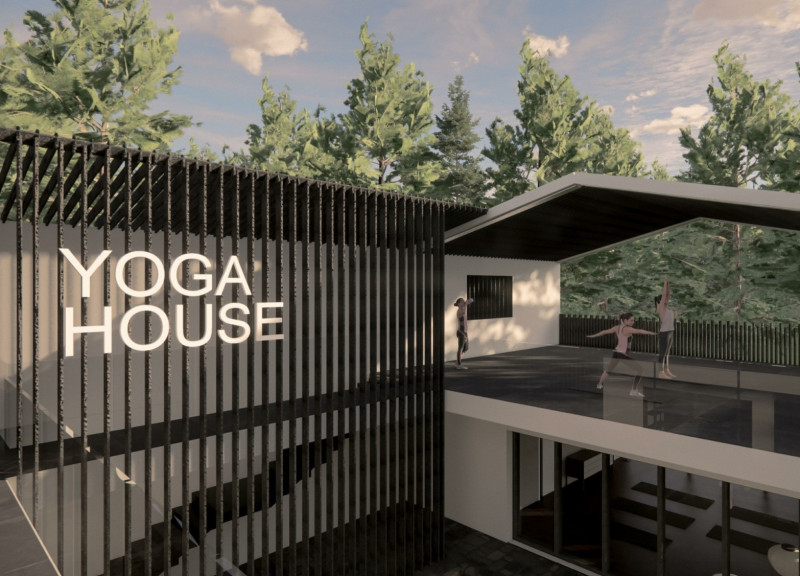5 key facts about this project
At its core, the project is envisioned to function as a [insert specific function, such as community center, educational facility, or mixed-use development]. This focus on community interaction informs every aspect of the design, ensuring that the space remains accessible and inviting. From the layout to the material choices, the project exemplifies a thoughtful approach to architecture, emphasizing the significance of user experience and communal responsibility.
The architectural design integrates a series of fundamental elements, each contributing to the overall coherence and functionality of the project. The entrance is designed to be welcoming, drawing visitors into the interior while providing a sense of transition from the outside world. This threshold space effectively sets the tone for the experience within, combining openness with security. Key areas within the building, such as the main gathering hall, classrooms, or exhibition spaces, are strategically arranged to facilitate movement and interaction, with ample natural light flooding these areas through large windows that connect the interior with the exterior landscape.
Unique design approaches are evident in the project’s emphasis on sustainability and environmental consideration. The choice of materials reflects this commitment, utilizing locally sourced wood and recycled materials to reduce the carbon footprint and enhance the building's connection to its surroundings. The incorporation of green roofs and rain gardens further demonstrates a sophisticated understanding of ecological design principles, creating an inviting atmosphere for both people and wildlife.
Attention to detail is paramount, with finishes that respect the scale and context of the project. Textured surfaces, thoughtful color palettes, and functional furnishings all contribute to a cohesive and pleasant environment. The architectural sections reveal a clear hierarchy in the space, allowing for flexible use while maintaining a sense of organization. This consideration extends to the integration of technology, providing modern amenities without detracting from the architectural integrity of the design.
The exterior of the project reflects a balance between modern aesthetics and contextual sensitivity. The façade features a careful arrangement of openings that not only serve as visual accents but also enhance ventilation and natural illumination. The design thoughtfully engages with the local architecture, creating a dialogue between the new structure and its surroundings.
The project stands as a testament to the potential of architecture to influence community dynamics positively. By creating spaces that encourage gathering, learning, and collaboration, the project embodies principles of good architectural practice while also addressing the social and environmental challenges of contemporary life.
Visitors interested in gaining further insights into this architectural project are encouraged to explore the architectural plans, architectural sections, and architectural designs that underpin its creation. Delving into these elements will provide a more profound understanding of the design intents and innovative ideas that shape this landmark. Engaging with the comprehensive presentation of the project will unveil the intricate details and thought processes involved in its realization.


























